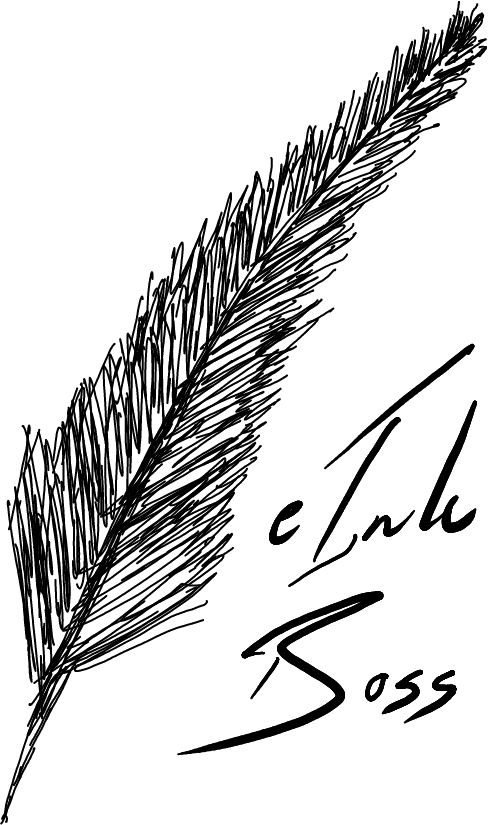When you consider mobile phones, TV’s and other LCD devices, you don’t have to make a choice about whether you want a colour device or not – all mainstream devices support colour. In stead, you have to compromise on the type of colour – OLED vs QDot vs who knows what else. This is because the colour technology is mature to the point that a black-and-white device makes no sense.
Unfortunately, in the e-ink world things are a bit different. Colour e-ink is available, but it comes with compromises. Cost is the obvious one – colour is far more expensive than monochrome devices, but it is far from the only consideration.
The way e-ink technology works, is that everything is built up in layers. A piece of paper is a single layer – so the more layers there are, the less paper-like the experience.
The advantage of having colour is obvious. The following are the drawbacks:
- Colour is more expensive.
- Colour panels are darker as the result of an extra layer – this means you can’t quite get the same contrast as with black and white.
- Because the panel is a little darker, the devices typically come with a LED front-light enhance the contrast. Of course, having a front-light is usually desirable, but the front-light adds yet another layer to the device, and the light will impact battery-life.
- All the different layers increase the distance between the tip of the pen and the underlying ink that it writes with. This detracts from the paper experience and the device presents more like a tablet than a piece of paper.
- Lastly – there are two main types of colour technologies in the e-ink stable called Kaleido and Gallery. Each of these have their own drawbacks – mainly that Kaleido has a lower ppi when displaying colours, and gallery flashes when rendering colour. For a slightly more in-depth comparison see:
- Compromise: Kaleido vs Gallery
As a result of these compromises, black and white e-ink tablets still dominate the market. Whether this will change or not, is an engineering problem. If the issues above can become negligible, then colour will be mainstream – but for now (until 2030, perhaps?) I expect monochrome to be king.
When it comes to e-ink readers (that are not meant to write on) – then the ink distance from the top of the device does not matter that much. As a result, colour is starting to become more mainstream on e-readers. However, those who don’t read comics or other material that requires colour, are still better off with black and white – it will be cheaper, have better contrast and higher resolution than colour panel.

Leave a Reply